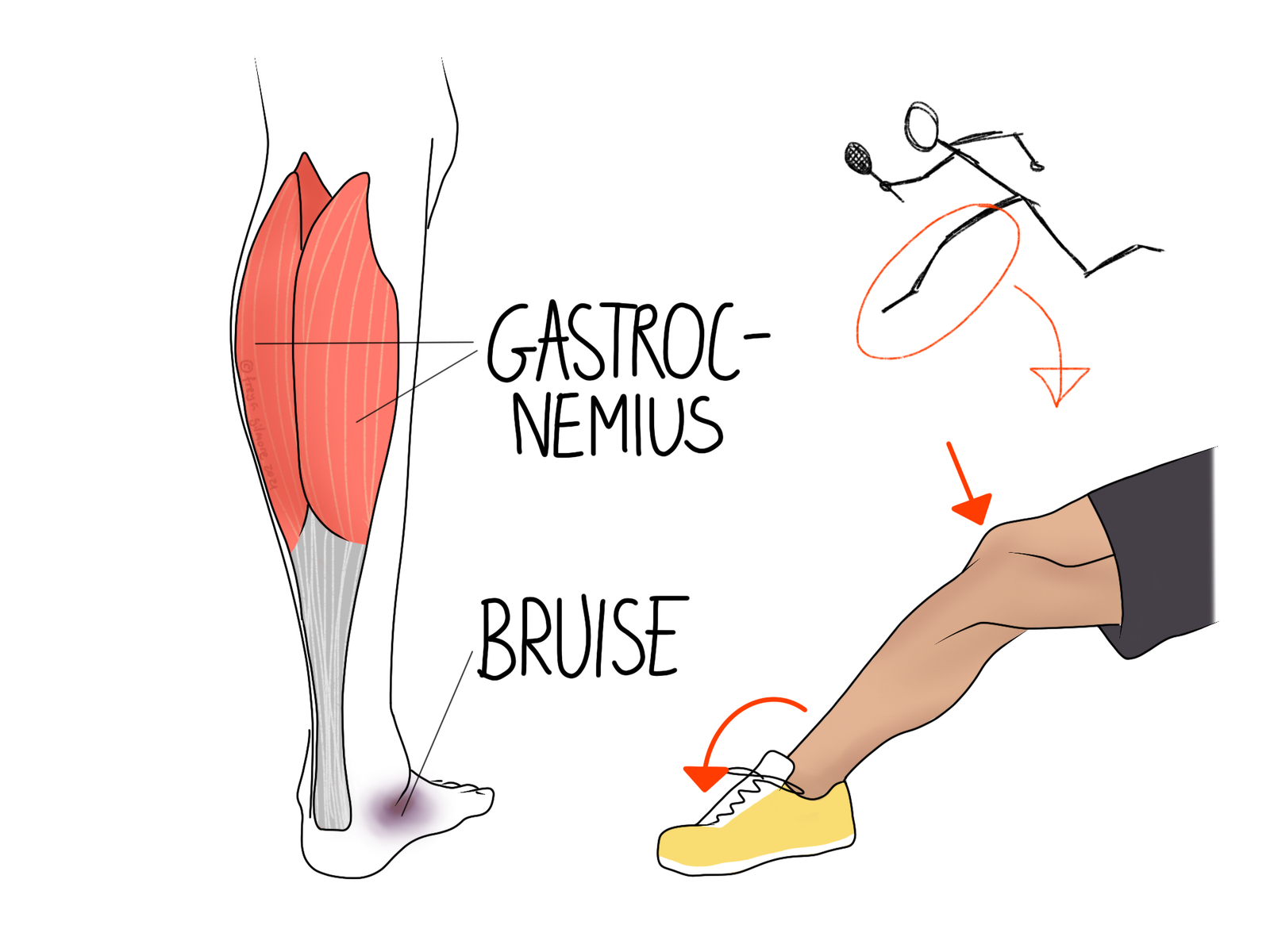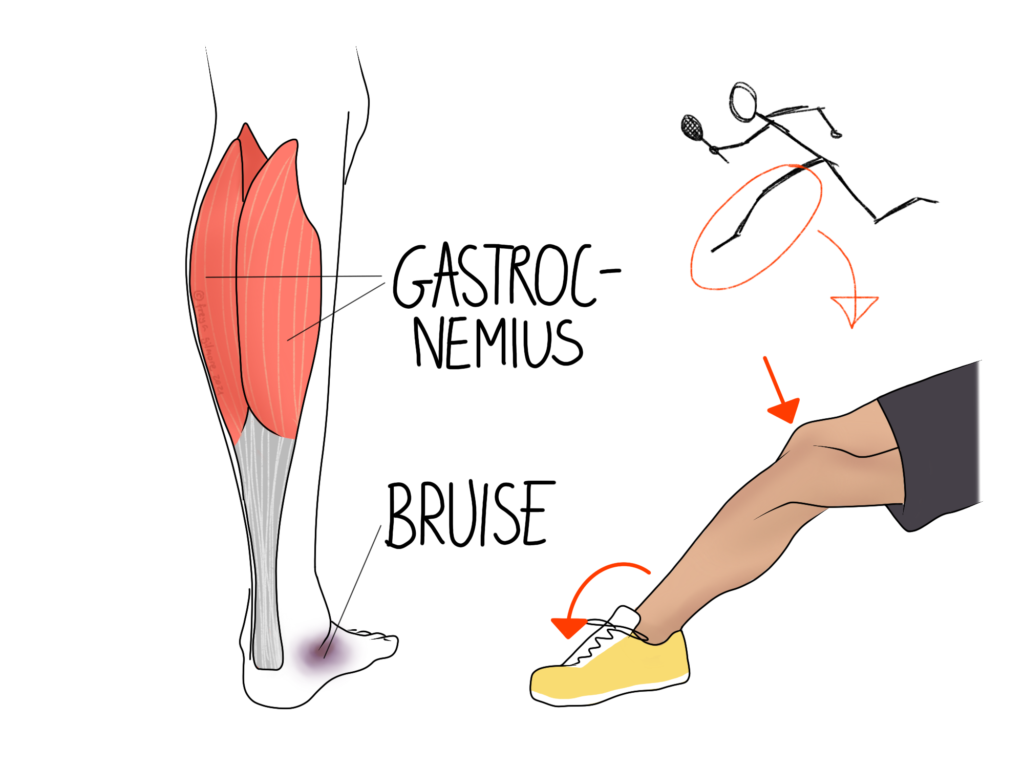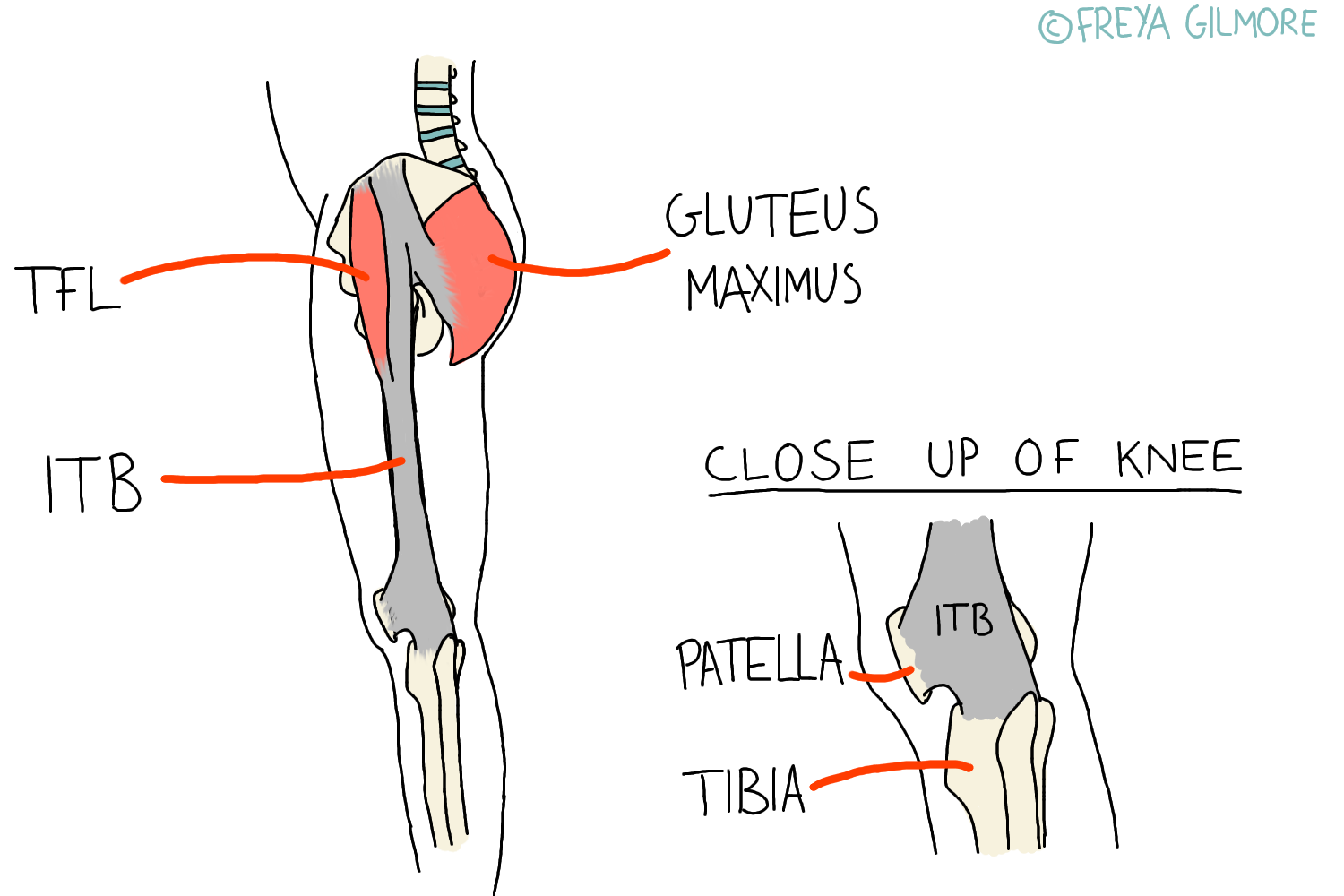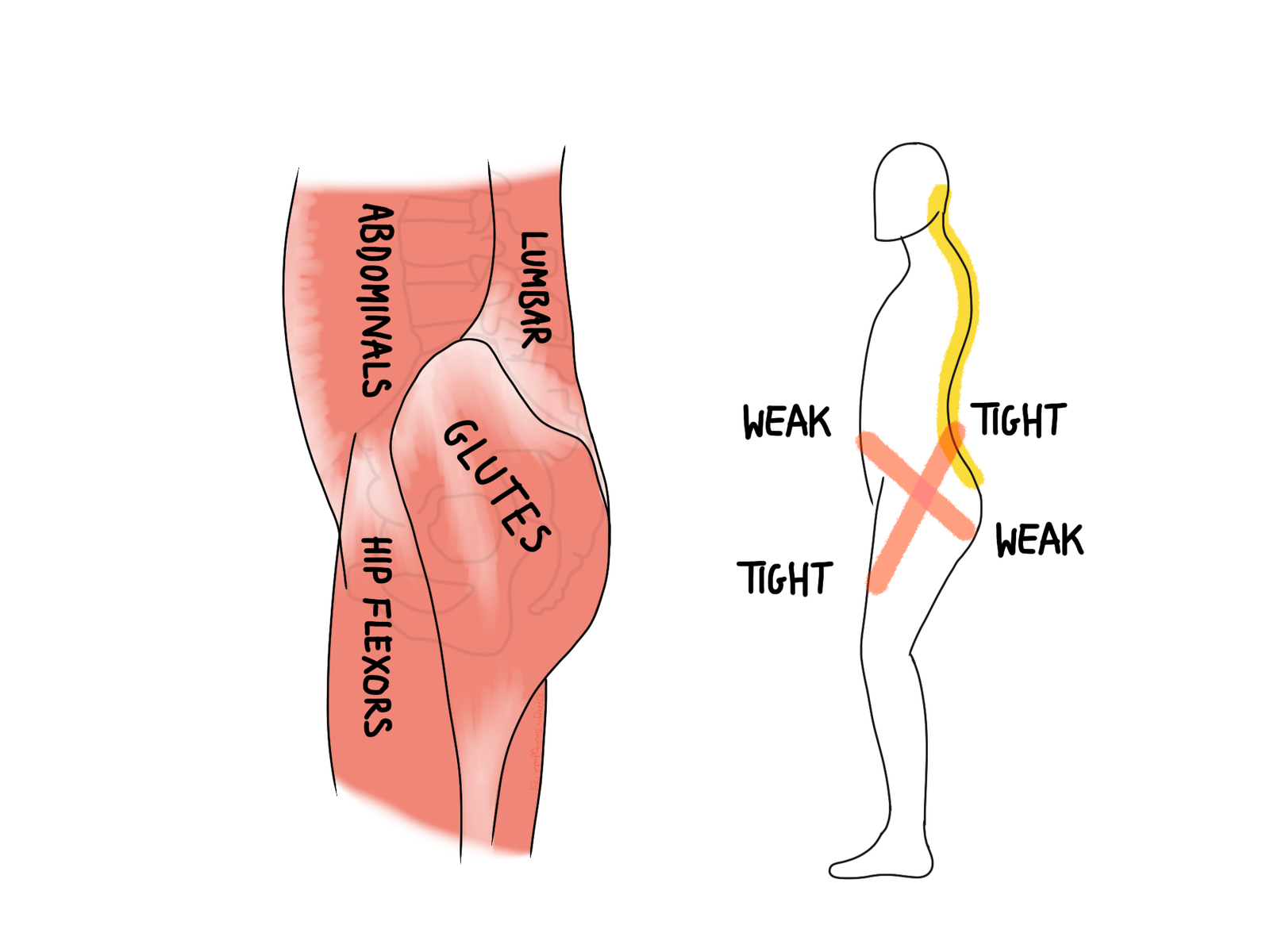The IT band is a band of tissue that runs down the side of the…

Tennis Leg
Tennis leg is a much less familiar soft tissue injury than tennis elbow. Although the latter is often nothing to do with a sports injury, the onset of tennis leg tends to be much more high-impact.
What is Tennis Leg?
The name is just a colloquialism for a calf muscle injury- typically of gastrocnemius. Typically this injury would be a mild strain, rather than a rupture.
DVTs can be mistaken for muscle injuries like this, so be aware of any additional symptoms such as:
- swelling and a throbbing pain in the calf
- redness and heat at the site of pain
- visibly swollen veins that are tender to touch
The NHS recommends that you call 111 or see your GP urgently if these apply to you.
Signs and Symptoms
Pain can occur in the middle of the calf (above the tendon portion) during or after sports. A lunge often employed in tennis, squash, and badminton is the most likely cause. This overstrains the muscle in question by extending the knee and sudden dorsiflexion of the ankle (bringing the toes towards the shin). This movement stretches the calf muscles from both ends, which can demand too much of the tissues and cause some muscle fibres to break.
In contrast to a full rupture of the calf or Achilles tendon, this is not accompanied by a loud noise. The muscle will not ball up within the calf either, but the pain can still be significant.
Within hours or days, a bruise may develop quite a way away from the injury. This is usually around the ankle, as gravity takes pooling blood down the leg. This is less common if you’ve rested and elevated the leg, but the bruising can still appear later on.
Management
Osteopaths are qualified to help manage minor sports injuries like these. If your osteopath is happy that your pain is indeed caused by a soft tissue injury rather than a DVT, treatment can begin. If you are seeking treatment in the very early stages of the injury, we may be more focused on comfort and reducing excessive inflammation. You may be asked to use a cool compress among other things at this stage. Once the initial swelling subsides and the body is ready to begin healing, we can work to take the strain off the calf muscles. We will also develop a rehabilitation plan for you quite early on. This is because muscles heal best when they are not totally rested. Engaging the muscles at an appropriate level for the stage of recovery helps them to heal correctly and prepares you for a return to sport.
First Aid for Tennis Leg
If you suspect that you have suffered a calf injury like this, a cool compress can be useful straight away. Be sure to only apply for 10 minutes per hour, and be aware that your aim is not to fully numb the area. Nor do you want to remove all inflammation, as it serves a purpose to remove injured tissue and provide nutrients for healing. Some gentle compression and intermittent elevation may also help in the immediate period after the injury.




